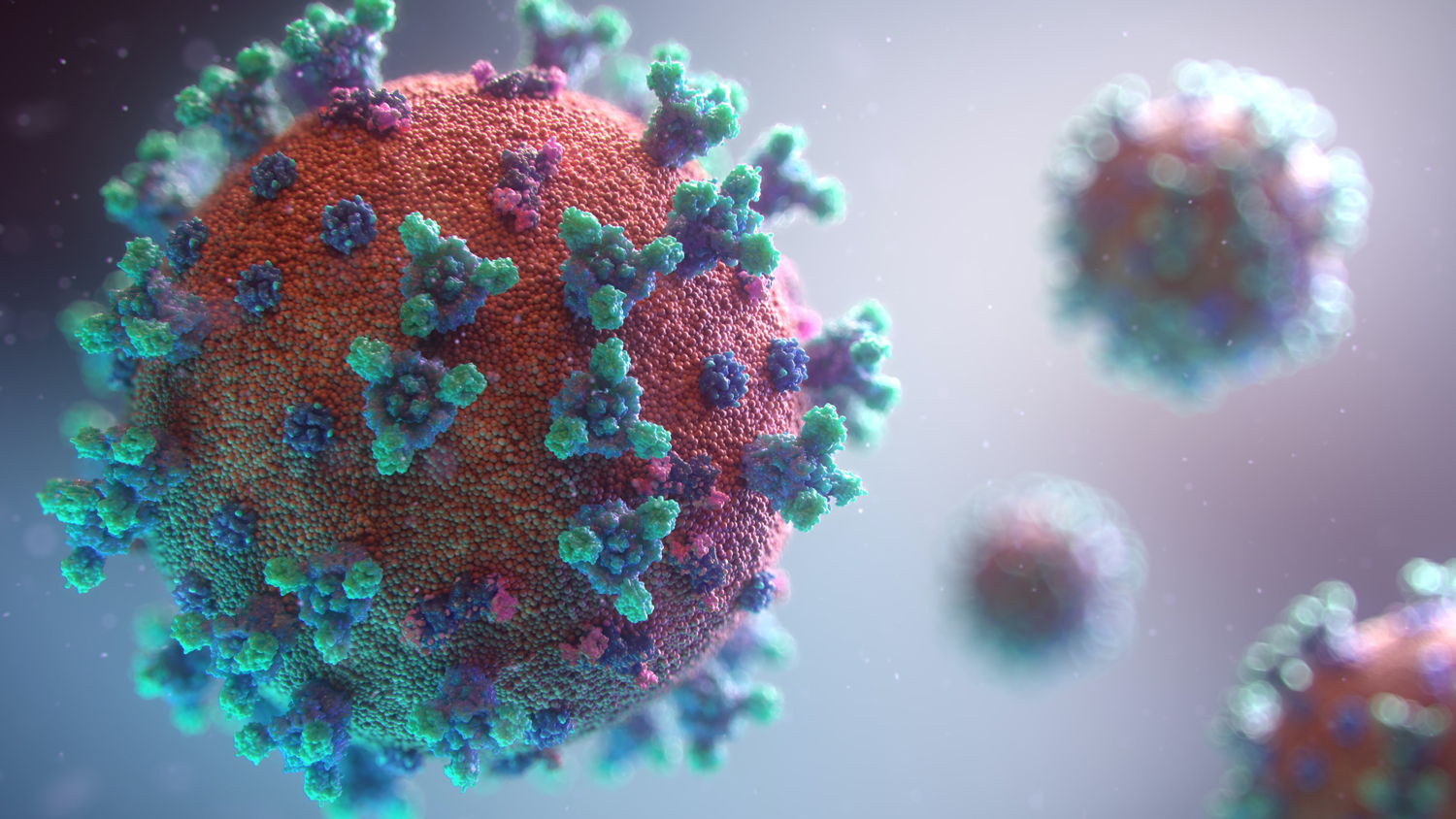By Lori Lee, Ph.D.
Urban Planning and Public Policy
University of Texas at Arlington
The distant memory of long lines of people desperate for vaccines early this year has given way to an urgent need for trusted information to reassure the vaccine hesitant. As pharmaceutical companies struggled to provide more vaccines throughout the year, Americans saw steadily declining outbreaks, which reached a low of 12,000 hospitalizations per day in June, as noted by Peggy Honein of the CDC’s Covid-19 Response Division. As Honein notes, now with enough vaccines for everyone, the question becomes why, in just over two months, have hospitalization rates soared to nearly 150,000 daily? With almost 1,000 people dying each day, things are now looking more like the beginning of the pandemic than the end.
Why is increasing the rate of vaccination an urgent matter? Scientists advise that the pandemic will not end without significantly reducing the spread of the virus and its variants. As Honein explains, with just over 47% of the overall population still unvaccinated, Americans remain vulnerable. Science tells us that when viruses replicate, errors occur randomly and in response to certain environmental pressures. This process affects virus antigens, rendering a person’s immunity less effective against new and different versions of the virus.

The FDA’s announcement of full approval of the vaccine and third dose boosters are hopeful developments in the fight to reduce virus spread. Yet, Honein notes that it is no coincidence that in those communities where vaccine rates are low, hospitalization rates are high. Vaccination trends upward offer hope. As the Washington Post reports, full approval has been accompanied by an increase in vaccine mandates. This is positive news considering that just prior to full approval, CNN reported vaccinations were already up at least 70% in July. This news came just after MSNBC reported a 46% increase even in lagging southern states, such as Louisiana, Arkansas, and Florida.
Meanwhile, changing risks due to new variants and local political pressures are producing turbulent shifts in recommendations and mandates. Erin Florio of Conde Nast Traveler recommends checking CDC and local government websites to sort through the changes. As she explains, though Americans are now taking shorter trips by car, such travel requires an awareness of state and local regulations when crossing into different territories. With regard to international travel, she explains that with Americans now off the European Union’s safe list, the E.U. is expected to increase requirements for Americans, which may mean upping the current demand that Americans provide either proof of vaccine or a negative Covid test.
Dr. Cindy Friedman, of the CDC’s Division of Global Immigration and Quarantine, notes that airplane ventilation systems may assist in limiting the spread of viruses to some extent. Yet she recommends that everyone should be vaccinated and wear a mask if they’re going to be flying. As she explains, a federal regulation requires masking on all public transportation when traveling out of and within the United States. Friedman recommends masks should fit well, such as those with nose wires and multiple layers of fabric. Social distancing should also be taken into account when flying, she explains.
Similar to aircraft systems, Dr. Honein explains that improved ventilation in schools would also help protect children, especially those which are vaccine ineligible under 12. As Honein notes, with only 45% of children ages 12 to 17 vaccinated, the CDC recommends schools be systematically protected, including improved ventilation, masking, social distancing, screening, and staying home and/or isolating when not feeling well.
Honein also notes that preventive screening is recommended in other high-density settings, including congregate living arrangements, like nursing homes and dormitories. As she explains, a county checker is now available on the CDC website where people can see the level of transmission in certain counties. Unfortunately, she notes that with vaccination rates low, transmission levels are high in all counties in the U.S.
Despite concerted efforts to end this pandemic, Dr. Jennifer Layden, Deputy Director of CDC’s Office of Science, explains that racial disparities have improved. As she notes, though such disparities vary by region, equity among black populations has generally improved since the beginning of the pandemic. However, concerns about international equity surround the CDC’s August approval of a third vaccine for America, which leaves economically disadvantaged nations now unable to access sufficient vaccines. Dr. Honein of the CDC, explains, however, that the U.S. does seek worldwide equity through its committed engagement with other countries in providing them with vaccines and other information to assist a better understanding of this global pandemic.
Sources:




